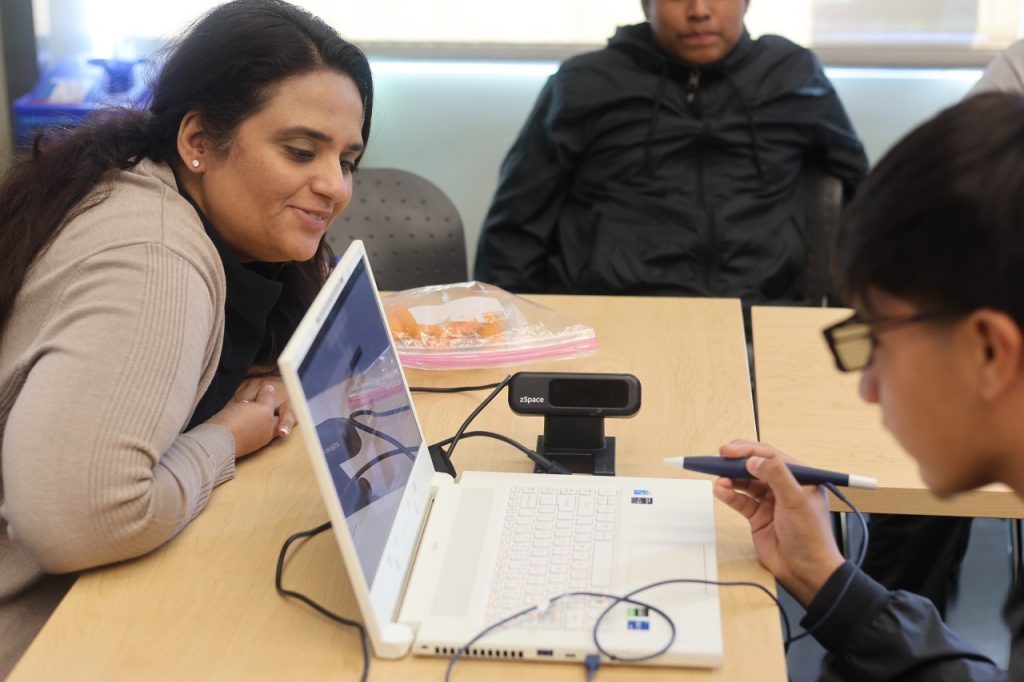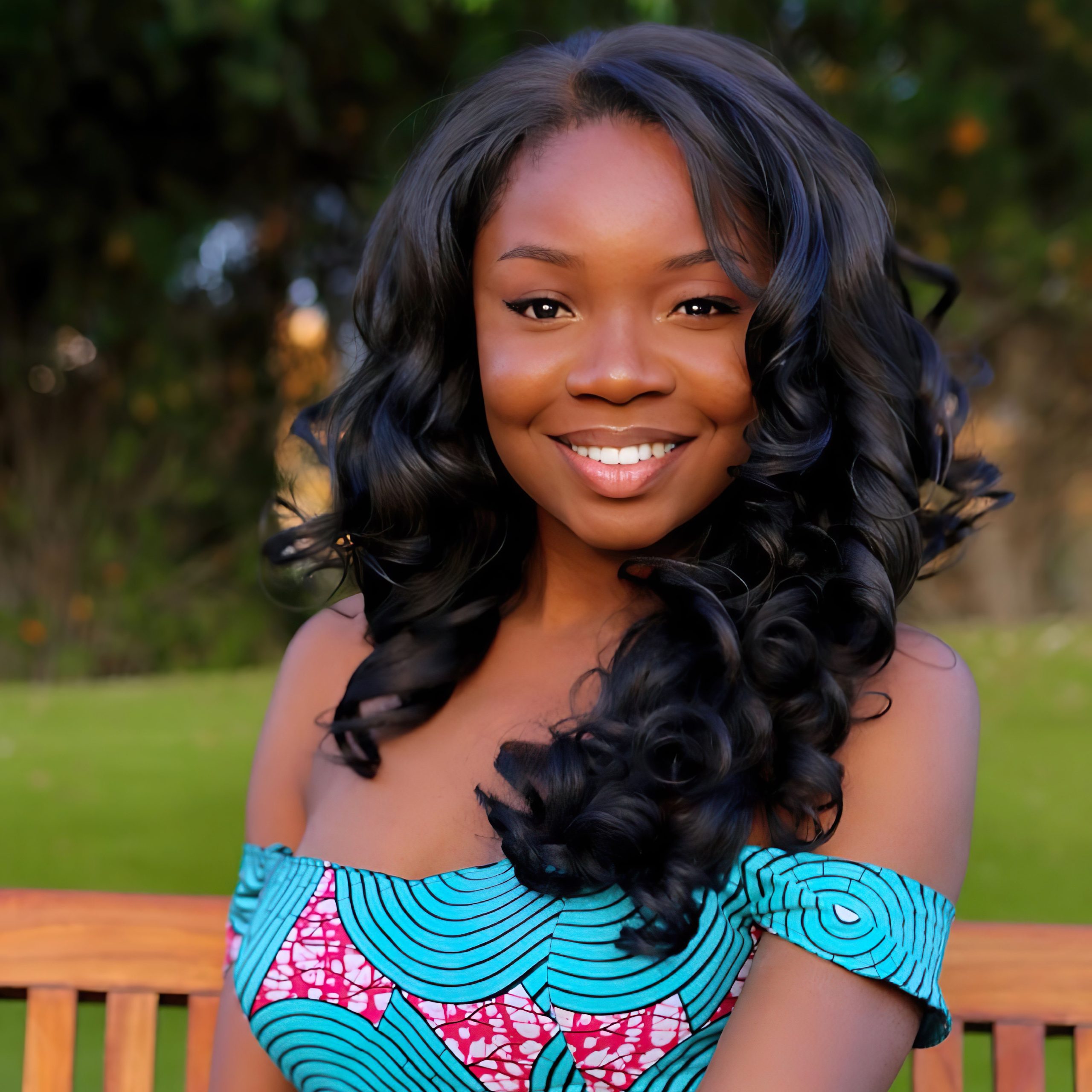
PALO ALTO — The California State Health Standards say schools should teach students about protecting themselves from the sun starting as early as kindergarten. However, many schools struggle to adhere to these guidelines, leaving students unaware of the reality of skin cancer.
Many challenges exist when it comes to sun safety education in schools. There’s no formal monitoring program for such lessons in classrooms. Schools also have no obligation to report whether or not they are adhering to sun safety education. Of the eight schools that responded to an informal survey of schools in the Palo Alto School District, none have a set curriculum as it pertains to sun safety.
“We currently do not have sun safety lessons at school but we are very open to that for our students and their families,” said Jessica Rangel, principal of ARISE High School in Oakland. None of the local schools she knows have sun safety education either.
To address this issue, Rangel brought her students to a workshop at Stanford organized by Dawn Siegel, a pediatric dermatologist passionate about sun protection for children.
Siegel has hosted several workshops for Bay Area schools and the Boys and Girls Club of the Peninsula. Through these workshops, students learned about sunscreen, sun hazards, and melanoma – the deadliest form of skin cancer.
The workshops are part of Siegel’s larger program, iTS-CORE – Interactive Technology for Skin: Community Outreach, Research, and Education. Through this program, Siegel and her team are using augmented reality technology to change the way students and schools see skin cancer education. To do so, Siegel’s lab partnered with the Stanford Virtual Human Interaction Lab to create the Sun Safety virtual app. Once students put on a set of 3D glasses, they can see a virtual avatar on a computer screen. After choosing from a variety of hairstyles and skin tones, they’re instructed to apply and reapply sunscreen after a timer runs out, simulating how sunscreen wears off after several hours.
But running the program is not without its challenges.
“We have one model on this zSpace 3D computer, which is really fun and interesting but not that practical,” Siegel said. “Not everybody has this device, so right now, we’re building a model that’s shifted onto an iPad.”
Siegel’s team is also working on new updates to make modules more engaging for students. One such update will include a “UV World Tour” that virtually takes students to different areas of the world. The goal of this is to showcase the various effects of ultraviolet (UV) radiation in different regions and how this affects the amount of sunscreen students need.

